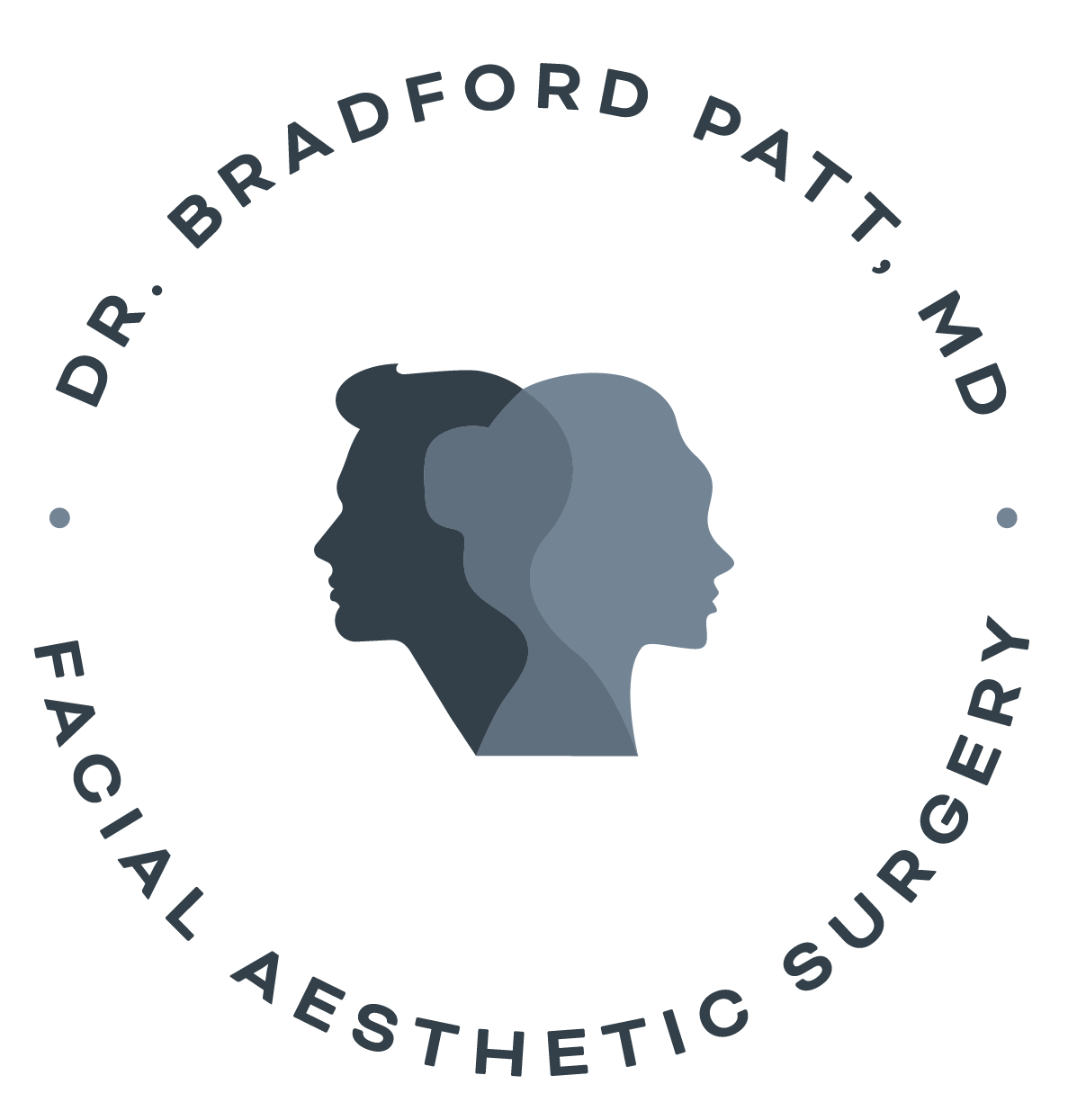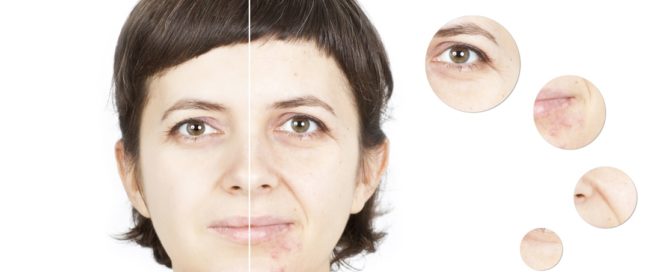Acne often affects teenagers, nearly 90 percent of this population will experience acne, though it can begin during pre-teen years and carry into adulthood. Symptoms present as large, red bumps to uninflamed blackheads ranging in severity from one person to the next.
Acne, commonly called pimples, is one of the most common skin conditions that is caused by pores and hair follicles becoming clogged with dead skin cells and excessive oils, hormonal changes, stress, birth control pills, and outer elements in the environment.
What is the prevalence of acne scars?
The skin is the largest organ responsible for protecting the body from harmful outer elements. It is constructed of three layers, including the epidermis (outermost layer), the dermis, and the hypodermis. It is home to many sebaceous glands that become clogged with oil, dirt, and other contaminants, causing acne to form.
Scarring from acne occurs as a result of a loss of tissue in the area around the pimple, causing one of two things - an indentation in the skin or a raised area on the surface of the skin. The skin’s response to acne scarring is to create new collagen, however, when the body creates too much collagen, raised scarring occurs.
Not everyone who experiences acne will experience acne scarring, but many do. Acne is a very common condition affecting approximately 80 percent of people between the age of 11 to 30 years old, with 1 in 5 of that population reporting scarring. Continue reading to learn more about how to get rid of acne scars.
What are the challenges of acne scars?
When a person notices that a pimple is forming, the first thing they often do is pick, scratch, or try to pop it. This causes more damage to the surrounding skin and leads to increased inflammation and scarring.
Though the appearance of acne scarring is less noticeable due to the body producing more collagen, as you age the body naturally loses collagen, which can make scarring more apparent. These scars do not go away on their own, however, treatment options are available to reduce them.
What is the micro-needling procedure with the SkinPen?
Microneedling is a type of treatment used to treat common skin conditions like acne scarring. A small, needle-studded tool is used to penetrate the surface of the skin, causing slight injuries to boost collagen production in targeted areas, thus reducing the appearance of scarring.
Having a needle continually penetrate your face may seem scary, however, it does not enter the skin as if you were receiving an injection. Before beginning treatment, your provider will apply a topical numbing cream to the designated areas, wait the allotted time, and then begin treatment.
How does the SkinPen micro-needling procedure work?
Dermatology specialists use top-of-the-line tools and equipment to evaluate, diagnose, and treat various skin conditions. One common tool used to treat acne scarring in patients is the micro-needling SkinPen. This pen-like tool is used with surgical-grade disposable tips that consist of up to 14 stainless steel needles. Besides treating acne scarring, the SkinPen is used to reduce neck wrinkles to offer more youthful, smooth skin.
Interested in a Consultation to See if You Are A Candidate For The SkinPen Treatment?
What are the results of the micro-needling procedure with the SkinPen?
The SkinPen works to penetrate the skin creating dozens of microscopic holes in the skin to stimulate the production of elastin and collagen. Microneedling treatment helps to provide younger, healthier-looking skin with results that can be seen in as little as one week. For optimal results, it is best to allow three to four weeks after treatment.
Treatment provided with the SkinPen offers lasting results. Although results are not life-long, depending on the degree of skin conditions and how well your skin produces and holds new collagen, results may last up to five months.
It can be used on all parts of the body and patients are most likely to see results with:
- Fine lines
- Wrinkles
- Uneven tone
- Acne scarring
- Hyperpigmentation and hypopigmentation
- Stretch marks
- Enlarged pores
Who are the candidates for the SkinPen procedure for removing acne scars?
SkinPen micro-needling treatment is an excellent option for healthy adults looking to enhance their appearance, reduce acne scarring through collagen production, and experience rejuvenation of the skin without surgical intervention. Microneedling is great for all skin types and tones as it works by allowing the body to help heal itself.
It is not recommended for patients who have a diagnosed clotting or bleeding disorder or those taking blood-thinning medications like aspirin and other prescription blood-thinning medications. Those dealing with other skin conditions, have diabetes, or are living with a weakened immune system should consult with your dermatologist or primary care provider before diving into micro-needling treatment to evaluate the risk of reactions you might have.
How many micro-needling treatments are needed to see results?
The number of treatments necessary for optimal results varies from one patient to the next as each patient experiences a differing degree of scarring, and type of scarring, and holds a different medical history.
For basic acne scarring, it is recommended that patients receive two to three treatments. Those with more extensive scarring, signs of aging, or other areas they wish to target may need up to eight sessions to see the results they are looking for.
Dermatologists recommend allowing four to six weeks of healing time in between each treatment session as you do not want to overwork the skin.
Reasons to choose SkinPen micro-needling treatment
SkinPen treatment is an FDA-approved treatment for skin conditions like acne scarring. It creates small injuries in the skin to help the body naturally boost collagen production to heal itself and is effective even in the smallest areas of the body. It is a non-invasive, affordable treatment option with little to no downtime after your session, making it great for those with full-time jobs and those who stay at home with little ones.
SkinPen treatment is:
- The first FDA approved micro-needling tool
- Performed by a licensed dermatologist or trained aesthetician
- Designed to show results without chemicals, stress, or heat
- Made in the USA
Board-certified facial and plastic surgeon you can trust
At Houston Center For Facial Plastic Surgery (HCFPS), we understand that you cannot live a happy or fulfilling life if you do not feel comfortable in the skin you are in.
As a board-certified plastic surgeon, Dr. Patt provides excellent care through surgical and non-surgical treatments to help you love yourself again, including acne scar removal.
Surgical procedures offered:
- Rhytidectomy
- Rhinoplasty
- Brow and eyelid lift
- Ear tuck
- Hair transplant and restoration
Non-surgical procedures offered:
- Botox injections
- Lip enhancement
- Skin tightening therapy
- Laser hair removal
- Microneedling
- Acne scar removal
Surgical intervention is not always feasible for our patients, which is why we strive to provide top-quality, minimally invasive non-surgical treatments. As a doctor that has been inducted into the Super Doctors Hall of Fame in Texas for more than 13 years, the before and after photographs of his work done by him truly speak for themselves.
Dr. Patt is committed to providing excellent patient care with an individualized approach as each patient is different in their unique way. HCFPS offers a comfortable waiting area, uses the safest methods available, and provides excellence in facial plastic and reconstructive surgery and non-surgical treatment.
Schedule Your Acne Scar Removal with Dr. Patt at Houston Center For Facial Plastic Surgery (HCFPS)
Whether you are interested in an in-office or telemedicine consultation, we have got you covered. Do not wait any longer to get your acne scar removal treatment. Visit our convenient online scheduling link or contact our office today to schedule your appointment.




